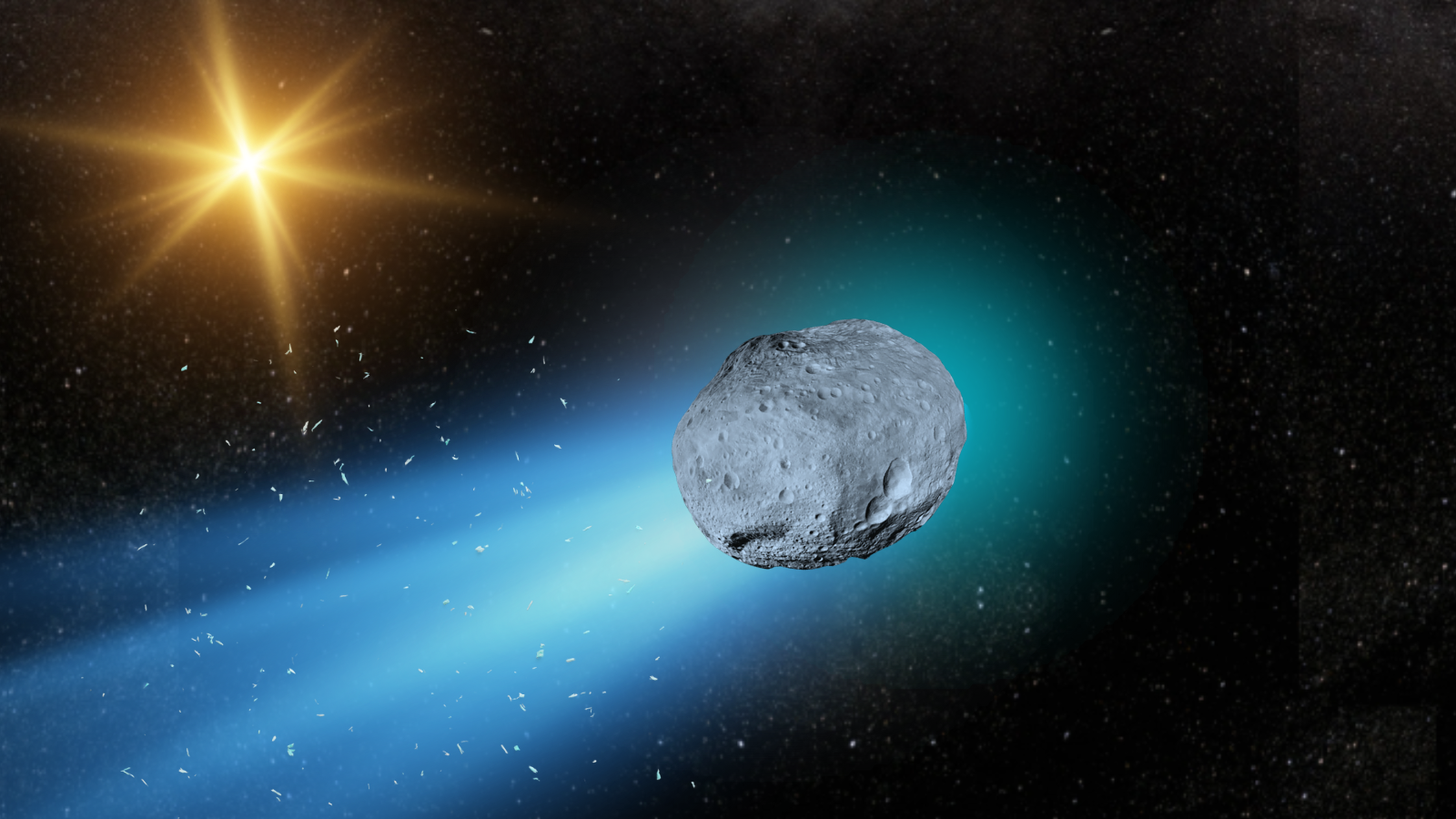Key Takeaways
- 3I/ATLAS is only the third confirmed interstellar object ever observed.
- Scientists say it poses no threat to Earth despite its unusual trajectory.
- The object is faintly visible through telescopes but not to the naked eye.
A New Visitor from Beyond the Solar System
Astronomers have identified another interstellar visitor—3I/ATLAS, a mysterious object traveling through our solar system at incredible speed. First detected by the Asteroid Terrestrial-impact Last Alert System (ATLAS), it marks the third confirmed case of an object entering our system from another star.
Its arrival has reignited global curiosity about interstellar travelers and the rare chance to study material that formed far beyond our Sun’s influence. But with its unfamiliar trajectory and rapid motion, it has also sparked public speculation—could something like 3I/ATLAS ever pose a danger to Earth?
Discovery and Early Observations
3I/ATLAS was first spotted in early 2025 as a faint, fast-moving point of light. Observatories around the world quickly confirmed that its orbit was hyperbolic—meaning it’s moving too fast to be bound by the Sun’s gravity.
This trajectory places 3I/ATLAS in the same category as ʻOumuamua (1I/2017 U1) and 2I/Borisov, the two earlier interstellar visitors detected in 2017 and 2019. Like those objects, 3I/ATLAS is expected to swing around the Sun once before heading back into interstellar space.
As it approached its perihelion—the point closest to the Sun—scientists used both ground-based telescopes and orbiting spacecraft to monitor its brightness and chemical composition. The data revealed something odd: the object appeared more reflective than expected, hinting at an unusual surface or volatile materials.
Could 3I/ATLAS Be Dangerous?
Despite dramatic claims circulating online, 3I/ATLAS poses no danger to Earth. Its orbit does not intersect with our planet, and at its nearest, it remains tens of millions of kilometers away.
The idea that 3I/ATLAS could “kill most of human life” or “obliterate a continent” has no scientific basis. While large asteroids within our solar system can pose impact risks, interstellar objects like this one move too quickly and on trajectories too distant to threaten Earth.
Dr. Elaine Kwan of the Harvard-Smithsonian Center for Astrophysics noted, “It’s understandable that people worry when something unfamiliar enters the solar system. But in this case, 3I/ATLAS is an observer, not an intruder.”
Visibility from Earth
For skywatchers, 3I/ATLAS is not visible to the naked eye. Its faint magnitude means only medium-to-large telescopes can detect it under dark skies. Amateur astronomers who have managed to track it describe it as a dim, elongated blur—hardly a spectacle, but historically significant.
It is currently passing behind the Sun from Earth’s perspective, making it temporarily out of view. By late November 2025, it’s expected to become observable again through professional observatories before fading completely as it exits the solar system.
Also read : 8 New Android-Exclusive Gadgets That Outshine iPhone Accessories
Why Scientists Are Fascinated
3I/ATLAS offers a rare glimpse into the chemical and structural makeup of distant planetary systems. Each interstellar object carries clues about how other worlds form and evolve.
Preliminary readings suggest that 3I/ATLAS contains a mix of icy and rocky materials, possibly altered by radiation during its long journey between stars. Studying it helps researchers refine models of how planetary debris is ejected into interstellar space—a process that might even shed light on the origins of our own solar system.
Conclusion: A Harmless but Historic Visitor
While online speculation may paint 3I/ATLAS as a doomsday object, scientists see it very differently—a fleeting but invaluable opportunity to study matter from another star system.
It will soon leave our skies, continuing its voyage through the galaxy. But for astronomers, 3I/ATLAS is another reminder of how much the universe still has to teach us—and how rare and precious these cosmic encounters truly are.
Disclaimer: The information in this article is for general purposes only and does not constitute financial advice. The author’s views are personal and may not reflect the views of GameDegen.com. Before making any investment decisions, you should always conduct your own research. GameDegen.com is not responsible for any financial losses.



